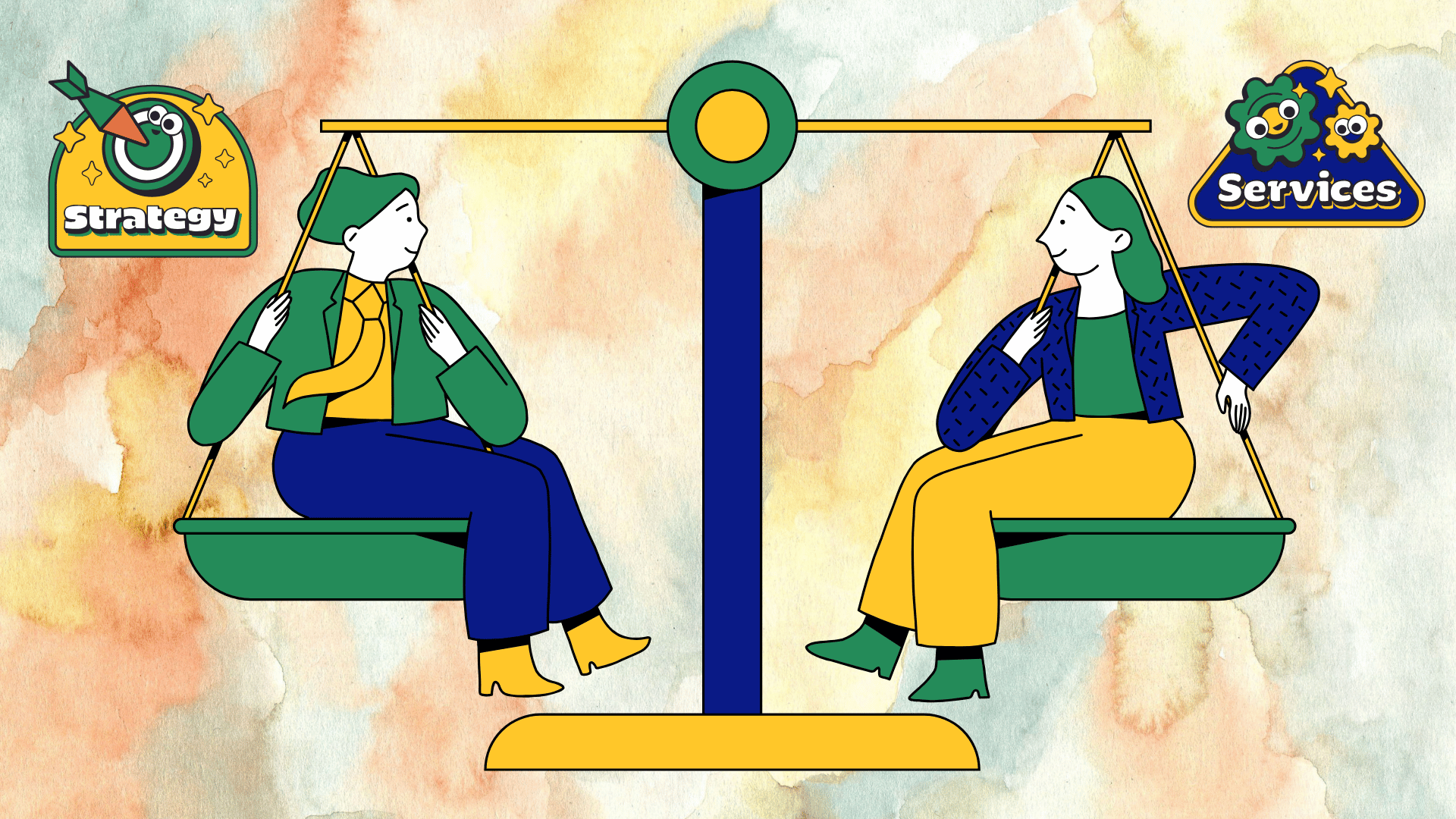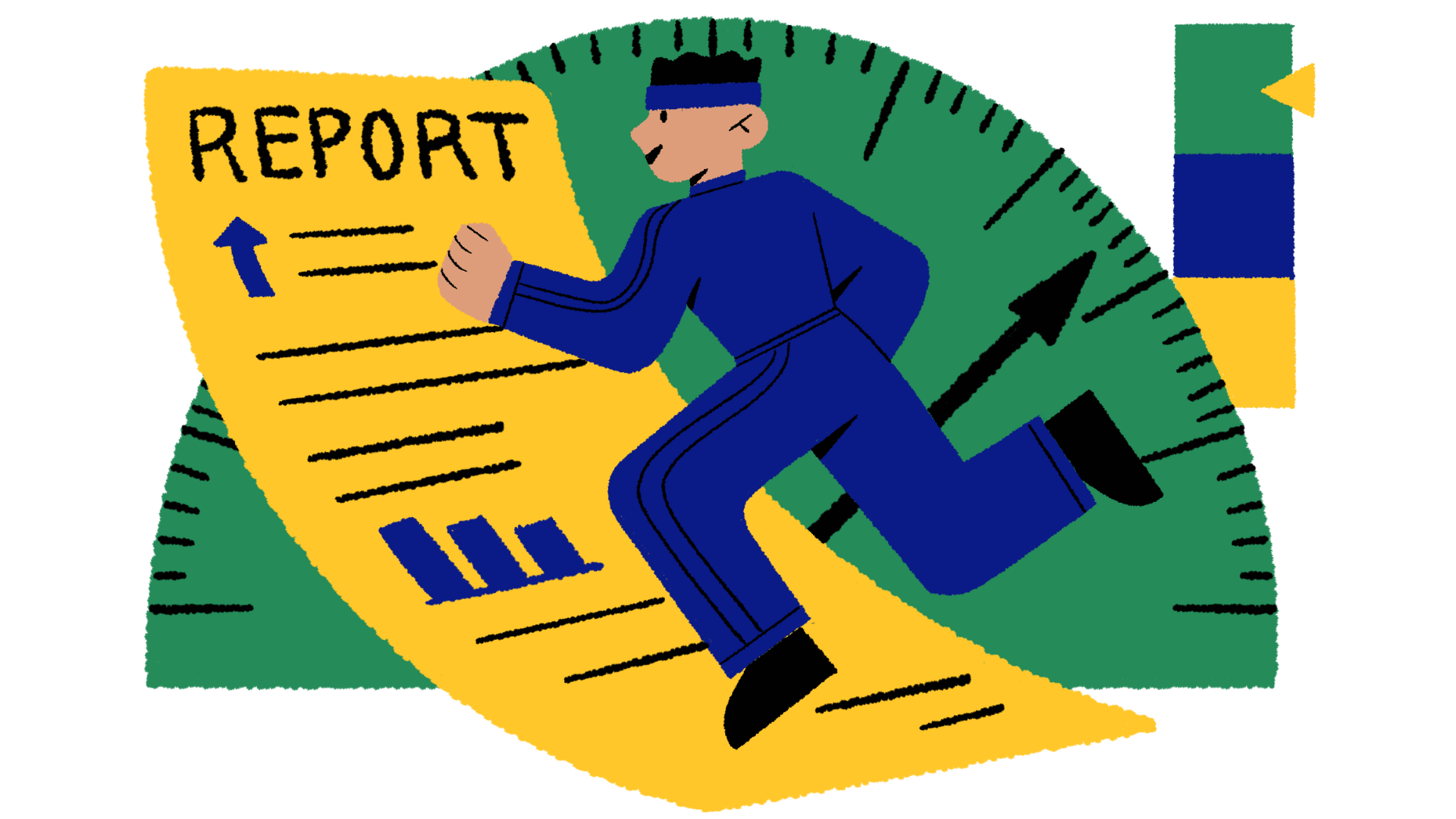We were exploring a conversation of leveraging AI powered testing platforms with a QA director of a US based company who in the middle of the discussion told us “I’d rather stick with regular automation testing than deploy something modern I can’t explain to my auditors.”
We were initially taken aback with his comment as we heard this someone managing a 40-person testing team, responsible for releases that affect millions of users and answerable to compliance officers who ask very pointed questions when things go wrong.
His concern cuts to the heart of why many testing organizations are still sitting on the sidelines of the AI revolution: the black box problem.
Why the Black Box Fear is Actually Smart Risk Management
Before we dive into solutions, let’s acknowledge something: the fear of AI black boxes in testing isn’t irrational. It’s good risk management.
Consider these scenarios that could happen in real testing environments:
The Audit Trail Gap: Your AI testing tool flags a critical security vulnerability, but when the auditor asks “How did you determine this was the right test to run?”, you’re left pointing to an algorithm that you can’t explain.
The False Confidence Crisis: Your AI system confidently marks 100 test cases as “low priority” based on historical patterns. Three months later, one of those “low priority” areas causes a production outage that costs your company millions of dollars.
The Regulatory Nightmare: You’re in a regulated industry where every testing decision needs documentation. Your AI makes smart choices, but the paper trail looks like: “Algorithm said so.”
These aren’t hypothetical problems. They’re happening right now in organizations that jumped into AI testing without addressing the transparency question first.
What Transparency Actually Looks Like in Testing
Here’s where most AI vendors get it wrong. They think transparency means showing you the neural network architecture or publishing research papers about their algorithms.
That’s not what testing professionals need.
What you actually need is decision transparency – clear answers to these questions:
- Why did the AI prioritize this test case over others? You need scoring criteria that make sense: “High priority due to recent code changes in payment module + historical defect density + customer impact score of 8.5/10”
- How confident is the AI in this recommendation? Not just “high confidence” but something like “Medium confidence – similar to 40 previous scenarios where this approach caught issues 73% of the time”
- What would change the AI’s mind? Clear thresholds: “Priority would increase if code complexity score exceeds 7.2 or if this module was touched in the last 3 sprints”
- Where can humans step in? Explicit override points: “Team lead can escalate any test marked as low priority if business context warrants it”
The Hybrid Path That Actually Works
The most successful AI testing implementations that I’ve seen don’t start with full automation. They start with AI iteratively as the really smart intern.
Here’s what that looks like in practice:
Phase 1: AI Suggests, Humans Decide
- AI analyzes feature changes and suggests test prioritization
- Senior testers review recommendations with full context
- Every override gets documented to improve the model
- Timeline: 6-12 months (longer for enterprise environments)
Phase 2: Conditional Automation
- AI handles routine decisions within defined parameters
- Humans automatically review anything above certain risk thresholds
- Monthly calibration sessions to adjust boundaries
- Timeline: 12-18 months from start
Phase 3: Supervised Autonomy
- AI makes most low-risk decisions independently
- Human oversight focuses on edge cases and model drift
- Quarterly reviews of decision patterns and outcomes
- Timeline: 18+ months from start (if you get there at all)
What AI Testing Can’t Fix (And Why That Matters)
Let’s be honest about limitations before we get too excited about the possibilities.
AI testing tools don’t magically understand your business context. They won’t know that the “low priority” user registration flow actually processes $50M in annual revenue. They can’t read between the lines of requirements or catch the subtle bugs that require human intuition.
Most importantly, they’re not plug-and-play solutions. Every client that I’ve worked with has had to invest serious time in:
- Training the AI on their specific codebase and patterns
- Defining what “high risk” actually means in their context
- Building internal expertise to interpret and act on AI recommendations
The tools that work best are the ones that make these limitations clear upfront, not the ones promising to solve all your testing problems overnight.
Your Next Steps (The Non-Fluffy Action Plan)
If you’re convinced that transparent AI testing is worth exploring, here’s your roadmap:
Week 1-2: Document your current testing decision-making process. You can’t make AI decisions transparent if you can’t explain how humans currently make those same decisions.
Week 3-4: Define your “explainability requirements.” What questions do your auditors ask? What do you need to document for compliance? What do team leads need to know to trust a recommendation?
Month 2: Evaluate 2-3 AI testing tools against your transparency requirements, not their marketing materials. Ask vendors for specific examples of decision explanations and failed implementations, not just success stories.
Month 3-6: Run a focused pilot with one application or module. Measure everything: AI accuracy, time investment required, team adoption and how well you can explain decisions to skeptics. Plan for this to take longer than vendors suggest.
On A Final Note
The black box concern isn’t going away and it shouldn’t. The testing professionals raising these questions are the same people responsible for catching bugs that could crash systems, lose data, or compromise security.
But transparent AI testing tools do exist. Organizations are successfully implementing them. The key is demanding actual transparency, not just AI that works, but AI that you can explain, audit, and trust.
Because at the end of the day, your job isn’t to deploy the coolest technology. It’s to ship quality software that users can rely on. AI should make that job easier, not scarier.







